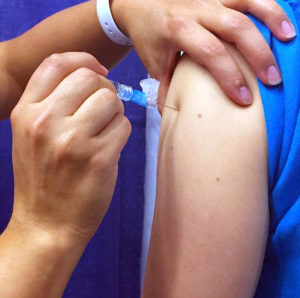Tag
flu shot
-
Tips for reporting on what experts say could be a tough flu season for the elderly
As cases of the Delta variant start to wane, infectious disease specialists have a new concern this fall — flu…

-
How to cover the 2021-2022 flu season
As it does every fall, the CDC is urging Americans to get their annual flu shot. Last year, flu was…

-
What are the risks for older adults as flu season approaches?
Get your flu shot. Never, perhaps, has that advice been as important for older adults to act on as this…

-
•
BMJ wants raw data for all drug trials to be shared
Under the headline “We want raw data, now,” BMJ editor Fiona Godlee recounts the story of how BMJ had to…

-
•
Fluportal.org stays on top of H1N1
While H1N1 seems to have peaked in many states – at least for now – Fluportal.org‘s resources to cover the…

-
•
Public broadcasters have H1N1 site for journalists
Public Radio Exchange’s FluPortal.org, funded by the Corporation for Public Broadcasting and done in collaboration with NPR, aims to provide…

-
•
Tracking H1N1 shots, in Texas and beyond
Jeffrey Weiss of The Dallas Morning News reports that he was able, via an open records request, to get a…

-
•
NPR answers H1N1 questions
With H1N1 and the mini-pandemic of rumors that seem to follow it on the rise, NPR brought out the big…

-
•
Prisons to get H1N1 vaccines before everyone else?
Poynter’s Al Tompkins, always quick to seize on an interesting emerging story, rounds up reports that inmates are getting H1N1…




